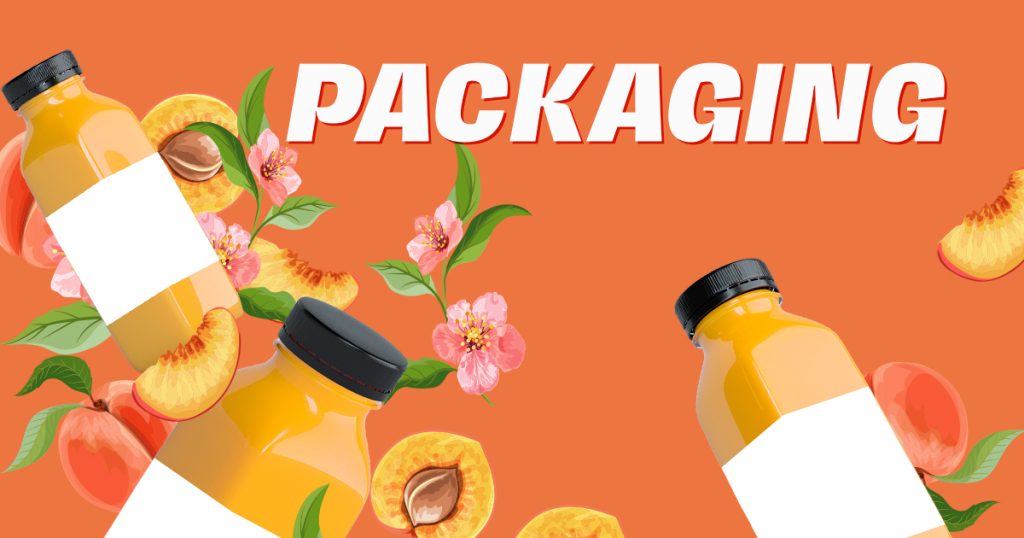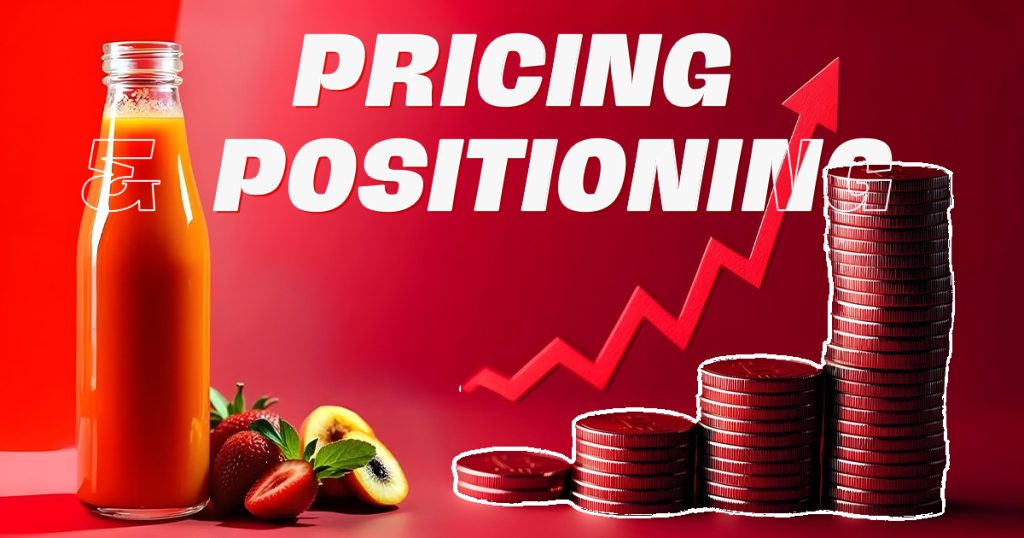White Label Fruit-Based Products are enabling retailers, entrepreneurs, and health brands to break into the market without hefty investments in infrastructure. With rising consumer interest in vegan-friendly snack products, fruit solutions, and custom-branded fruit snacks, understanding the pricing and positioning strategies behind white labeling food products is crucial for sustained profitability and brand growth.
This guide offers actionable strategies to help you maximize returns on white label fruit products, whether you’re just entering the market or scaling your private label offerings.
Table of Contents
Understanding the Basics of White Label Fruit-Based Products
What Are White Label Fruit-Based Products?
White label fruit-based products are pre-manufactured fruit items — such as jams, juices, snacks, and sauces — sold under a retailer’s or entrepreneur’s brand name. These products are developed by third-party manufacturers who handle everything from sourcing to packaging.
Difference Between White Label and Private Label
Though often used interchangeably, white label typically means standardized products sold to multiple brands, while private label offers customization. Both models allow businesses to:
- Skip complex manufacturing processes
- Focus on branding and distribution
- Enjoy cost-efficient scalability
The Role of Pricing in White Label Fruit Products
Why Pricing Strategy Matters
Pricing impacts both perceived value and actual profitability. In a competitive market saturated with both legacy and startup brands, an effective pricing strategy helps:
- Establish trust and premium appeal
- Differentiate from cheaper, lower-quality alternatives
- Sustain margins despite distribution or marketing costs
Key Factors Influencing Pricing
- Production Costs – Raw fruit, processing, and packaging
- Brand Positioning – Premium vs. value-focused
- Target Market Demographics – Urban millennials vs. budget-conscious buyers
- Distribution Channels – Online, retail stores, or HoReCa
- Competitor Pricing – Benchmark pricing from similar contract food manufacturing models
How to Calculate the Right Price
Step 1: Determine Cost of Goods Sold (COGS)
Include costs like:
- Ingredient procurement
- Manufacturing labor
- Packaging & labeling
- Logistics
Step 2: Add Desired Margin
A common markup range in the wholesale fruit-based items market is 40%–60%, depending on positioning and volume.
Step 3: Adjust for Distribution
Include costs related to retail margins, commissions, or e-commerce fees.
Step 4: Benchmark Competitor Pricing
Study prices of private label dried fruit snack suppliers and similar offerings in your category.
Effective Positioning Strategies for Maximum Impact
1. Know Your Target Market
Are you targeting:
- Health-conscious consumers seeking vegan or low-sugar options?
- Parents looking for healthy snacks for kids?
- Retailers or hospitality brands needing consistent supply?
2. Define a Clear USP (Unique Selling Proposition)
Stand out by highlighting:
- “100% natural ingredients”
- “No preservatives or added sugar”
- “Vegan-friendly and gluten-free”
- “Cold-pressed or slow-cooked techniques”
3. Position by Category
Choose a market segment and build a brand identity around it:
- Superfood fruit blends for fitness and wellness brands
- Premium preserves and marmalades for boutique stores
- Bulk fruit products for health-focused retailers
4. Use Storytelling in Branding
Consumers resonate with purpose-driven brands. Share:
- Ethical sourcing practices
- Partnerships with local farms
- Sustainability efforts (biodegradable packaging, zero waste)
Leveraging Packaging to Reinforce Positioning

Packaging isn’t just about aesthetics — it influences buying decisions.
Tips:
- Use eco-friendly materials
- Include nutrition and ingredient transparency
- Use bold colors for youth-focused snacks or minimalist design for luxury branding
Channels That Support Your Pricing and Positioning Strategy
1. E-Commerce (D2C)
Ideal for brands with high storytelling appeal and strong social presence. It supports premium pricing and direct consumer relationships.
2. Retail Stores
Volume sales and shelf visibility. You must negotiate retail margins while retaining profit.
3. HoReCa Sector
Serve bulk fruit food for retailers, hotels, and cafés. Competitive pricing is key.
4. Subscription Models
Useful for custom fruit beverage white label service brands. Lock in recurring revenue through direct orders.
Case Study Highlights: Profitable White Label Partnerships
Several brands have scaled quickly and profitably by leveraging white label manufacturing.
- A premium Bombay-based brand launched gourmet blueberry, cranberry, and raspberry syrups for niche urban markets.
- A traditional spice company added fruit jams to diversify its range.
- A mega-store introduced its own label featuring sharbat, sauces, and jams in bulk sizes for affordability.
- A renowned sweets chain incorporated fruit-based sauces and marmalades under its heritage brand name.
- A rising condiment startup introduced tamarind-based sauces for a modern Indian kitchen feel.
All these brands used fruit product manufacturing for brands and avoided the high costs of R&D and factory setups. With white labeling of products, they optimized margins while capturing diverse customer segments.
Avoiding Common Pricing and Positioning Mistakes
Mistake 1: Underpricing to Attract Customers
This erodes value and brand image. Instead, offer trials or bundle deals.
Mistake 2: Overcomplicating Product Range
Start with 2–3 hero products. Scale based on demand and customer feedback.
Mistake 3: Ignoring Feedback
Monitor reviews and adjust pricing or ingredients based on what customers value.
Trends That Impact Pricing and Positioning

- Health Trends: Low-sugar, high-fiber, organic demand raises value perception.
- Ingredient Origin: Wild-harvested or Himalayan produce adds premium appeal.
- Sustainability: Plant-based packaging and ethical sourcing resonate with Gen Z.
- Innovation: Freeze-dried fruits, unique blends, or exotic flavors allow for higher markups.
Final Thoughts: Building a Profitable White Label Fruit Product Brand
White labeling offers a shortcut to entering the food market — but sustainable success requires strategic thinking.
- Price smart by understanding your true costs and market tolerance.
- Position clearly with a standout USP and aligned branding.
- Choose the right channels and packaging to reinforce perception.
As you plan your entry or scale-up, align with a reliable partner like Rohini’s Food Products — a pioneer in delivering premium, customizable white label fruit products tailored for health, retail, and gourmet brands. With proven excellence in bulk manufacturing, custom branding, and logistics support, RFP Private Label manufacturer helps brands profit and grow with confidence.
Now’s the time to lead with fruit-forward innovation and build a profitable presence in the growing FMCG market.
